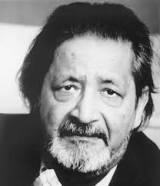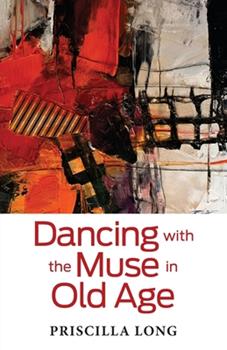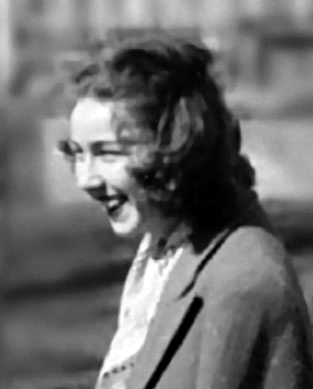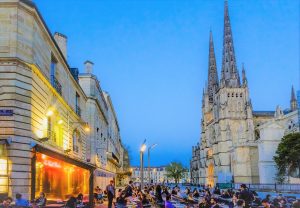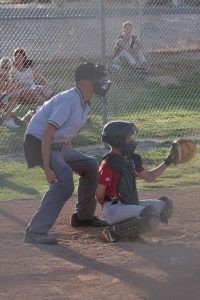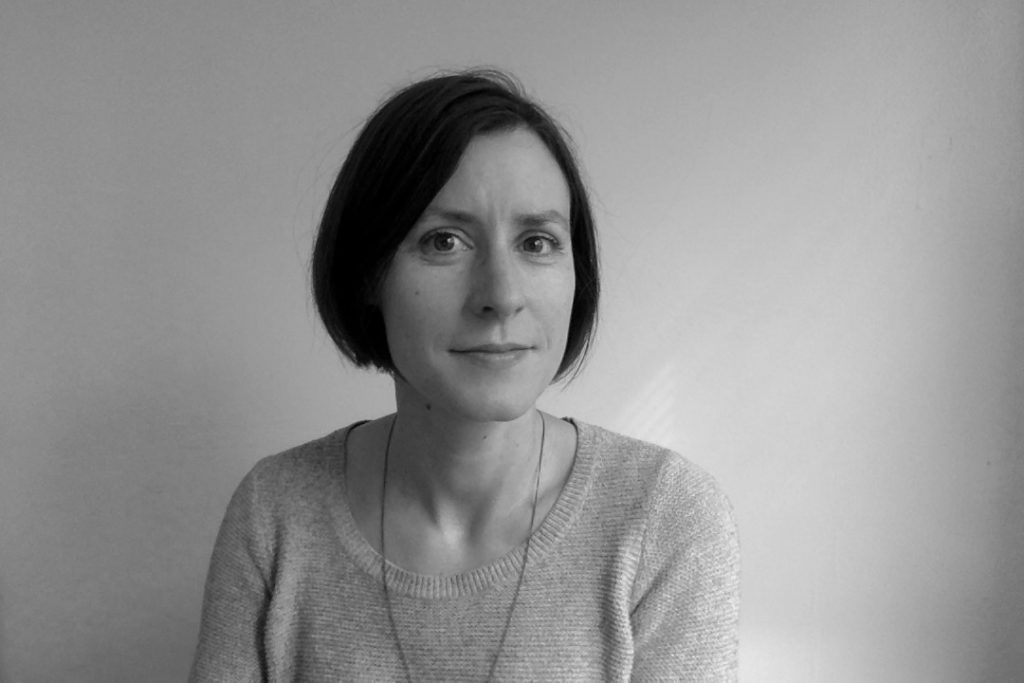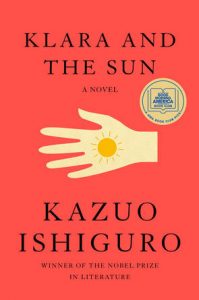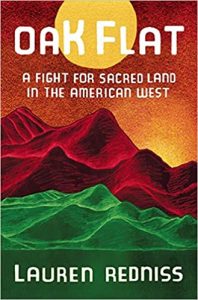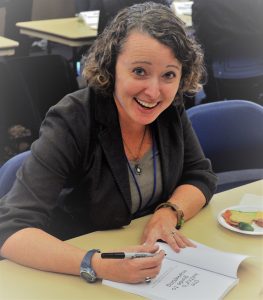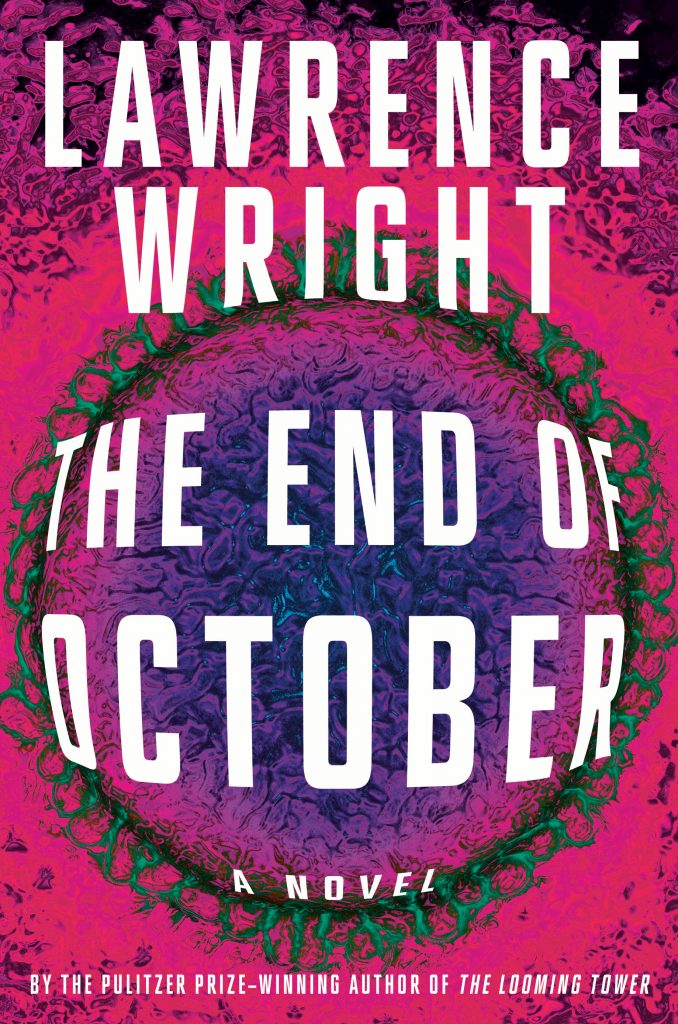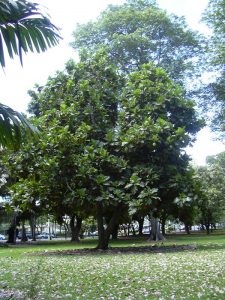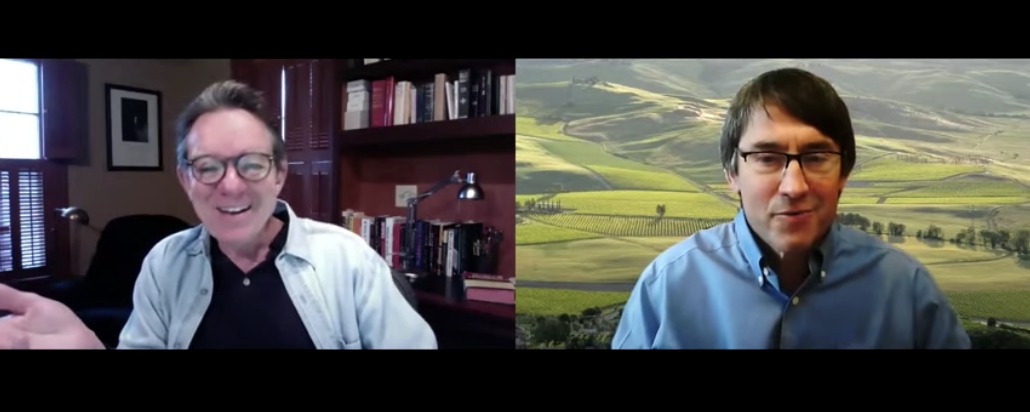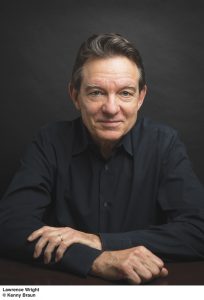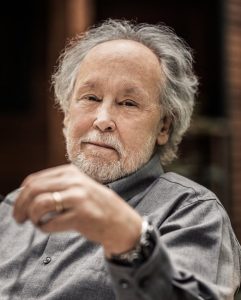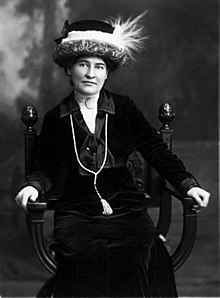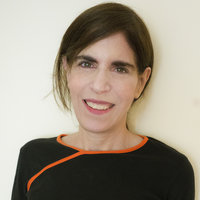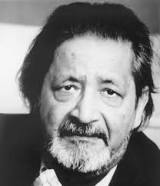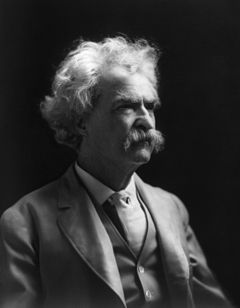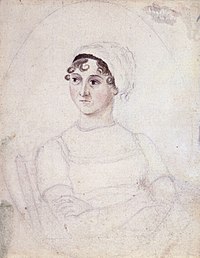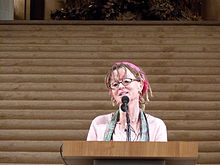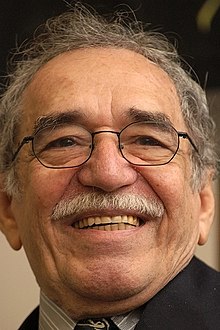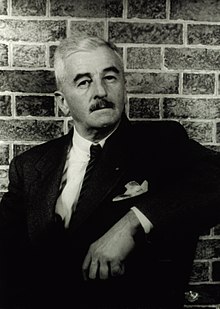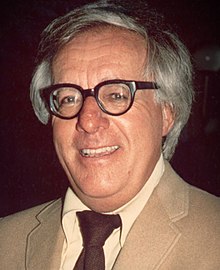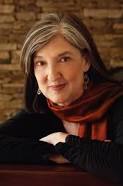SUMMARY SCENE OPENINGS – WRITING PROCEDURE
COPYRIGHT THE WRITER’S WORKSHOP
Scenic writing is the basis for some of the most moving, satisfying, sophisticated works of literature. It is especially effective in bringing readers into the story because it helps them create a world, a world that you the writer have inhabited and can share with the reader through words. Scenes present a visual, sensual world the reader can inhabit, a kind of imaginary garden with real toads, whether that’s the world of the astronaut program of Tom Wolfe’s The Right Stuff, the vast landscapes of the Southwest in the work of Terry Tempest Williams, or the hard-bitten, humorous Irish Catholic childhood of memoirist Frank McCourt or the travel stories of V.S. Naipaul.
1) SETTING THE SCENE
- a) OPENING SENTENCE: Find a sentence that creates suspense and foreshadows what will happen. This makes clear to the reader that information in summary lead is important and needs to be read. In William Stafford’s memoir Down in my Heart, he uses the opening line, “When are men dangerous?” which accomplishes this perfectly.
- b) SETTING DETAILS: Provide details that suggest what will happen in scene. These should be chosen for their inherent interest, color and humor and also for what they illustrate about main point of story. For instance, in Down in My Heart, Stafford includes details like “loafing around in the Sabbath calm.” These details help set the scene, and also create suspense. Readers suspect that something will soon shatter this tranquility. The best scenic details do double duty, both painting a picture and creating suspense.
- c) NUT GRAPH: After sketching in the scene and introducing the people, the writer makes a transition to the action. This transition is crucial, often spelling out the main point or alerting the reader that something important will happen in the scene. William Stafford’s repetition of the phrase “When are men dangerous?” clues in the reader that the tranquil atmosphere of rural Arkansas is about to end.
This transition usually leads to a nut graph, a paragraph that suggests or explains the larger point or goal of the scene and furnishes its larger context. It’s called a nut graph because it puts all of these things together in a nutshell. Who? What? When? Where? And most importantly, why? As in, why should the reader care? What will the scene accomplish?
For more on how to set a scene, please sign up for my winter narrative and Seattle writing class, Follow the Story.
 The Writer's Workshop
The Writer's Workshop 